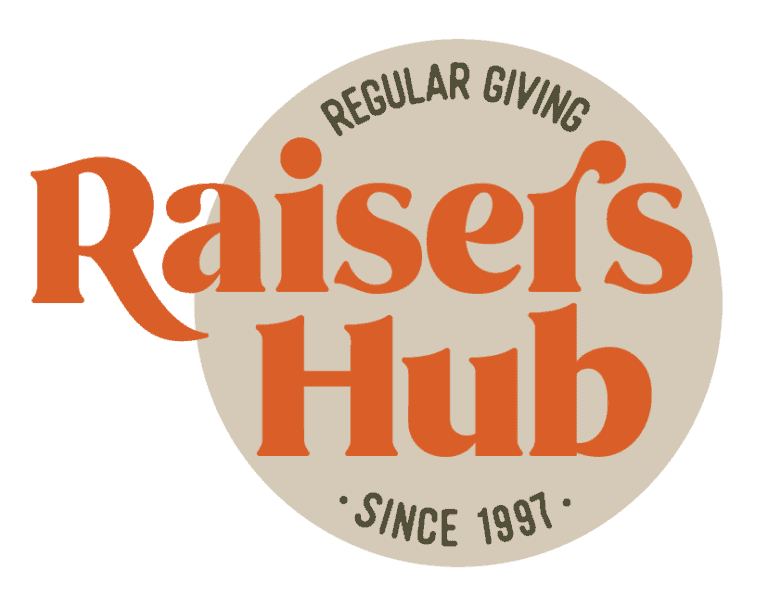After four years of substantial investment into its acquisition programs, in 2018 the National Marketing and Fundraising Director at Stroke Foundation NZ promptly identified that the income, whilst growing had flattened somewhat. Also recognising a major issue around donor retention that would impact coming years, the organisation knew that a more data-driven approach needed to be employed.
Conduct a data audit for helpful insights and future decision-making
For any organisation who is not seeing a return for their acquisition efforts especially after subsequent years, going back to the data is essential.
National Marketing and Fundraising Director at Stroke Foundation NZ, Robbie says,
“Past experiences showed that the channels invested in by Stroke Foundation NZ should have been working for us, but growth was not up to expectation, so we needed to understand why, before investing further. Engaging Raisers Hub to conduct a data audit gave us extensive insights and recommendations to get us on a growth trajectory.”
Look specifically at your attrition levels
Although new leads could be coming in from your direct marketing and telefundraising efforts, checking the retention of these leads and the attrition rates from such programs is equally important.
For Stroke Foundation NZ, in particular, attrition of regular givers acquired through their telemarketing efforts was a major concern. Having worked with several call centres and a cross-section of lead types, the team was shocked to find that Year 1 attrition rates were unsustainably high. Beyond that, Year 1 attrition rates remained higher than the industry average, indicating that the follow-up sequences and onboarding journeys for these newly acquired supporters were not building trust, loyalty and commitment between the organisation and its supporters.
Segment the acquisition supporters and diversify their communications accordingly
A common issue we find organisations like Stroke Foundation tend to be bound by is a one-size-fits-all approach when it comes to marketing to their newly acquired audience. Usually, the organisation segments the audience at a top level and although they might set out varied marketing for their major donors, bequest leads, regular givers and so on, refining those groups even further is often not as popular.
To resolve the current state of their program and start seeing a return for their efforts, Stroke Foundation NZ worked closely with Raisers Hub and began diversifying their communications within their acquisition program accordingly. Here’s what they improved:
- Upgrades – to thank and update monthly supporters at critical points in their journey.
- Reactivations – an ongoing re-engagement program for supporters whose gifts had lapsed.
- Inbound retention – rerouting calls Raisers Hub to reduce cancellations.
- Declines follow-up – calling supporters whose payment failed and securing a large percentage of makeup gifts.
- Back-end processing – streamlining the setup of regular giving plans, saving thousands of dollars in debits lost to expired credit cards.
- Acquisition efforts– optimising a variety of external lead sources with specialist calling teams, focusing on quality and lifetime value.
And the results? The turnaround for Stroke Foundation NZ was significant, reducing Year 1 regular giver attrition to 25.2% and increasing income by 182% on FY18 levels.
Robbie concludes,
“You can’t just set and forget in fundraising and we engage Raisers Hub for ongoing analytics to make sure we are investing in the most effective way to build our supporter base, year on year. Working with Raisers Hub has been a game-changer for our regular giving program in terms of income growth.”
Time to look into your data and make some strategic changes to your acquisition program? The team at Raisers Hub can help, book in a free 15-minute discovery call to find out more.

